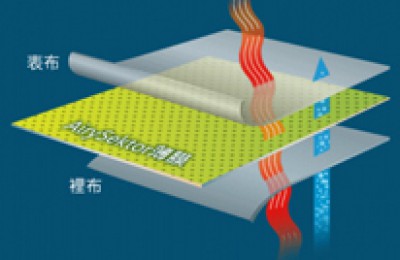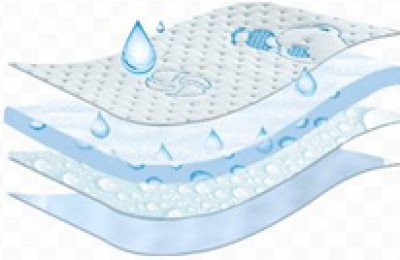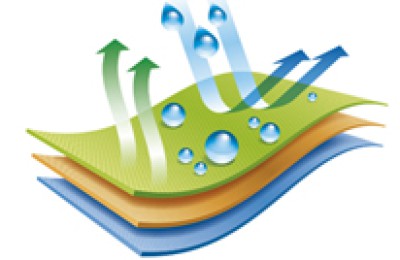Fujian Municipal Supervisor: 40 batches of children’s shoes were randomly inspected and 3 batches were found to be unqualified
Provincial supervision and spot inspection results of children’s shoe product quality in Fujian Province (unqualified)
On September 28, 2022, the Fujian Provincial Market Supervision and Administration Bureau released an announcement on the provincial supervision and spot inspection results of industrial products children’s shoes Quality (Issue 137, 2022 ).
According to the announcement, in accordance with the Product Quality Law of the People’s Republic of China and relevant product standards and random inspection details, the Fujian Provincial Administration for Market Regulation organized provincial supervision and random inspections on the quality of children’s shoe products of manufacturing enterprises. A total of 40 batches were randomly inspected this time, of which 3 batches were unqualified, and the unqualified discovery rate was 7.5%.
Unqualified products include: 1 batch of “BOBDOG” men’s and women’s casual shoes produced by Quanzhou Baitong Sports Goods Co., Ltd., and 1 batch of “TOTOHU (nominal)” casual shoes produced by Quanzhou Xinke Sports Goods Co., Ltd. Sports shoes, 1 batch of children’s shoes produced by Quanzhou Tedi Shoes Co., Ltd.
The Provincial Market Supervision Bureau has instructed the Municipal Market Supervision Bureau to deal with the unqualified products and their production enterprises in accordance with the law.
Basic knowledge about children’s shoes
According to the standard definition, children’s shoes refer to footwear products with uppers made of various materials for daily wear by children 14 years old and below (shoe size not larger than 250 mm). Children’s shoes are usually divided into children’s leather shoes, children’s leather sandals, children’s travel shoes and cloth-covered children’s rubber shoes. According to the production process, it can be divided into adhesive, sewing, molding, vulcanization, injection molding and infusion process children’s shoes.
When consumers purchase children’s shoes, in addition to paying attention to factors such as the brand and price of the product, they also need to pay attention to the following issues:
1. Common sense when purchasing
1. Preliminarily judge the product quality from the product label, and you should read the label carefully. Product labels are an important basis for consumers to understand product quality, usage, precautions and other basic information. They are also an important guarantee for consumers to use products correctly and reasonably. Therefore, it is recommended that when purchasing children’s shoes, consumers must read the labels carefully, especially the product’s material composition, usage, precautions, etc. In addition, they should also pay attention to important information such as the name and address of the product manufacturer, implementation standards, etc.
2. Children’s shoes have unqualified free formaldehyde items. Long-term exposure of children’s skin to formaldehyde can cause dry skin, eczema, and even contact dermatitis and other symptoms. Children are more vulnerable to injury because their bodies are not fully developed. Therefore, it is recommended that consumers should smell the smell carefully when buying children’s shoes, and never buy low-quality children’s shoes that are highly irritating.
3. Children’s shoes should be purchased according to age groups. Children after 12 months are in the toddler stage. It is best to buy children’s shoes designed with mesh, soft soles and easy to bend. It is recommended that infants and young children under 3 years old should buy cloth products and avoid leather products. Because the feet have a rich network of nerves and blood vessels, children’s shoes with poor flexibility will compress local nerves and blood vessels and affect the growth and development of toes and soles. Cloth shoes are light, breathable and comfortable to wear.
4. Children’s shoes should be purchased that are of appropriate size, have a solid structure, and are not easily twisted. The health of children’s feet is closely related to the shoes they wear. The age of 0-14 is the period when the bones of children’s feet are growing and forming. Shoes that are too big and do not fit the feet, and the shoes are twisted and misaligned, will cause fatigue in children when walking. When trying on shoes for your child, be sure to ask the child to stand on the ground with all feet on the ground after putting on the shoes. Let the child’s toes touch the front of the shoe so that an adult’s finger can fit into the back.
2. Use common sense
1. Cleaning of children’s shoes: Do not brush, expose or bake children’s leather shoes to avoid deformation of the leather shoes. If children’s shoes are soaked or wet, gently wipe them dry with a soft cloth and remove the dirt on the shoes. Then use dry newspapers to make paper balls and place them in the shoes. Keep the shoes in a cool place as much as possible. Air dry naturally in a ventilated place. Be sure not to use quick methods such as hair dryers, dryers, or sun exposure, because rapid drying can easily accelerate the oxidative aging of children’s shoes and reduce the life of the shoes. Children’s footwear products should be cleaned regularly. When cleaning leather and artificial leather children’s shoes, avoid immersion in water, exposure to the sun, or drying at high temperatures to avoid aging, deformation, and fading. When cleaning cloth-covered children’s rubber shoes with detergent, you should use a soft brush to scrub them, but avoid using excessive force, which may cause damage to the cloth material or the strips to open. Do not expose to high temperatures and should be dried in a cool and ventilated place to avoid aging and discoloration of the upper and outsole materials.
2. Daily maintenance of children’s shoes: Genuine leather children’s shoes should be oiled frequently to ensure the toughness and brightness of the leather. Leather maintenance oil can be used for smooth leather, and leather maintenance oil or colorless shoe polish can be used for white leather children’s shoes. Children’s footwear products should avoid contact with sharp objects, and should not be in contact with chemicals, oily water, rainwater, etc. for a long time. Children’s shoes also need proper rest. Rotating different shoes every day can extend the life of children’s shoes. Keep the inside of children’s shoes dry and the insoles clean so that children can have a pair of comfortable shoes to wear every day.
AAA
Disclaimer:
Disclaimer: Some articles published on this site include part of the text,The pictures, audios, and videos are from the Internet and do not represent the views of this website. Their copyrights belong to the original authors. If you find that the information reproduced on this website infringes upon your rights and interests, please contact us and we will change or delete it as soon as possible.
AA







